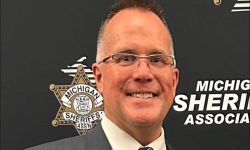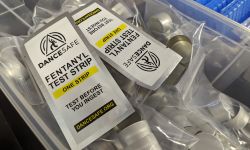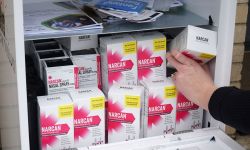Providers: Rollout of $1.5B opioid settlement a ‘huge disaster’ in Michigan
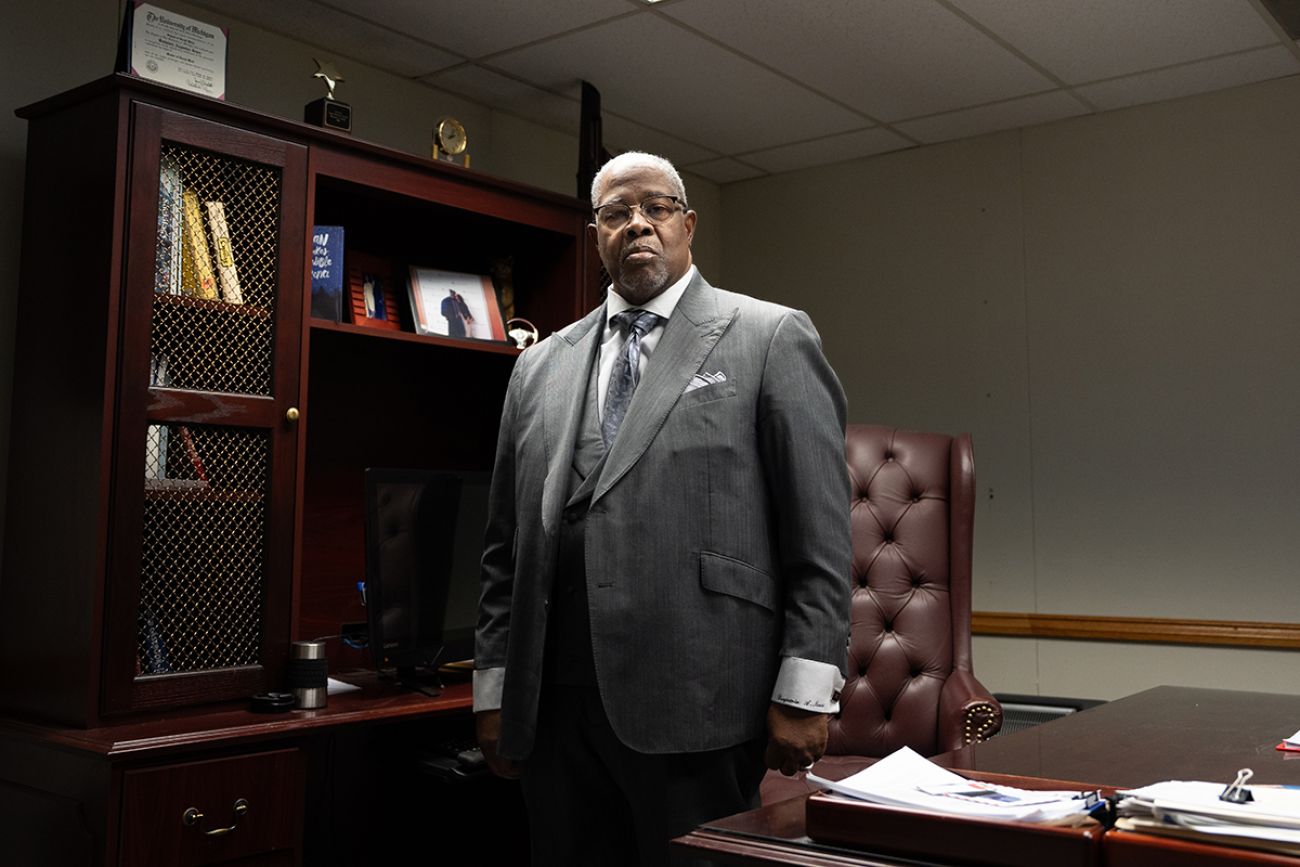
- Michigan will get an estimated $1.5 billion over 18 years to combat the opioid crisis.
- The money is divided between the state, counties, and some cities and townships, and there’s no one-stop shop for all the information.
- Some local providers say the bureaucracy is too dense to penetrate.
The first millions of a $1.5 billion from a national opioid lawsuit settlement are flowing into Michigan, but treatment providers hoping to access the money say they face impenetrable layers of government, confusing websites and phone numbers to which messages aren’t returned.
“It’s a big, huge disaster in my opinion,” said Joyce Fetrow, a project associate for the Northern Michigan Opioid Response Consortium, which provides services and training in 25 counties in the northern Lower Peninsula.
“No one feels heard in this deal,” she said, “and everyone is still trying to scrape up dollars.”

Michigan so far has received $181 million from national lawsuit settlements with opioid manufacturers, distributors and pharmacies. Much more is coming over 18 years to address a crisis that has killed more than 11,000 Michiganders since 2018.
Related:
- Adviser blasts Whitmer aides over handling of Michigan opioid settlement
- Watch Bridge’s Lunch Break on Michigan opioid epidemic
- As opioid deaths mount, Michigan governments sit on millions for intervention
- Michigan won’t know how $725M is spent on opioid help. Other states do better
Making efficient use of those funds is vital to curbing drugs abuse that every year kills more than car crashes or guns combined in Michigan. Opioids were the cause of 80% of those drug deaths, with a Michigander dying of an overdose every four hours.
Bridge Michigan has reported the majority of money received by the state, counties, cities and townships has yet to be spent. Now, some organizations that provide addiction services say they are being left out of decisions about how the money is spent.
“We're calling (municipalities) sometimes and finding that the plans have already been made,” said Benjamin Jones, president and CEO of the Michigan Association of Substance Addiction Providers.
It’s especially frustrating, he said, since treatment providers are the experts when it comes to addressing opioid addiction in Michigan.
Providers operate medication-assisted treatment programs and offer housing and coordinate transportation, mental health care and other services for people in recovery.
Michigan ranks near the bottom of the nation in transparency and public accountability over opioid settlement funds. Twenty states plan to publicly account for 100% of spending, while it will be closer to 50% in Michigan.
The state is publicly disclosing the money flowing through its coffers, which accounts for about half the settlement. The other half is going to local governments — Michigan’s 83 counties, some cities and some townships — and does not need to be reported.
So far, municipalities have received about $67 million. Their share eventually will rise to about $725 million. The distribution of those funds has caused the most frustration among groups that work with those suffering from substance abuse disorder.
In Gaylord, Fetrow has worked with providers around northern Michigan to track down information. She said it’s rare for counties to have an application process to be considered to receive opioid settlement money. In most counties, spending decisions are made by county commissioners or task forces that lack public bidding processes, Fetrow said.
While acknowledging that the fund distribution process can vary from community to community, Amy Dolinky of the Michigan Association of Counties said local officials are trying their best to determine how to use these one-time dollars to help as many people as possible.
Groups with concerns can contact local county commissioners, she said.
“I’ve seen a commitment to address the crisis, which is taking time,” Dolinky said. “While they (local officials) understand the urgency of getting dollars into the community, they also want to assure that the dollars reach the folks that (the money) is intended to reach.”
Some states are taking a more centralized approach to spending opioid settlement funds. In Colorado, most money goes to regional entities established for settlement fund distribution, which make decisions in coordination with state officials. In Michigan, an agreement negotiated between the state Attorney General’s Office and municipalities gave locals almost total control over spending their half of settlement funds, with no reporting requirements.
The reason: the state needed the vast majority of local governments to sign on to the settlement to maximize the money Michigan would receive, and municipalities wanted to maintain control, according to Matthew Walker, an attorney in the Michigan Attorney General’s Office, told Bridge in January.
Some counties have websites with information about how settlement funds are spent. But some providers say local governments need to do better about listing on websites how to apply for the money.
“The state, counties and cities need to make it accessible and understandable,” said Jonathan Stoltman, director of the national Opioid Policy Institute, a national research nonprofit based in Grand Rapids. “If I keep hitting a brick wall, … at some point, I just give up.”
Some providers are concerned that those making funding decisions aren’t knowledgeable of the services in their communities.
“Most of these folks have no clue about substance abuse disorder,” said Lori Ziolkowski, director of chapter development for Families Against Narcotics in Bay City.
“A lot of (local officials) depend on community mental health and the (local) health department – we’ll give them money and let them figure it out,” Ziolkowski said. “But this is a very competitive space, so when there’s money presented, there’s not always a lot of interest in sharing.
“My concern is that smaller, more nimble organizations operating on a rubber band and paper clip may not be able to access these funds.”
In Wayne County, Dr. Kanzoni Asabigi said providers just want “to be at the table.”
“Before you make decisions about how to spend the money, (you) need to have individuals in recovery and treatment providers at the table so we can tell you what's going on,” said. Asabigi, vice president of the Detroit Recovery Project, which provides outpatient support services for substance use and mental health disorders.
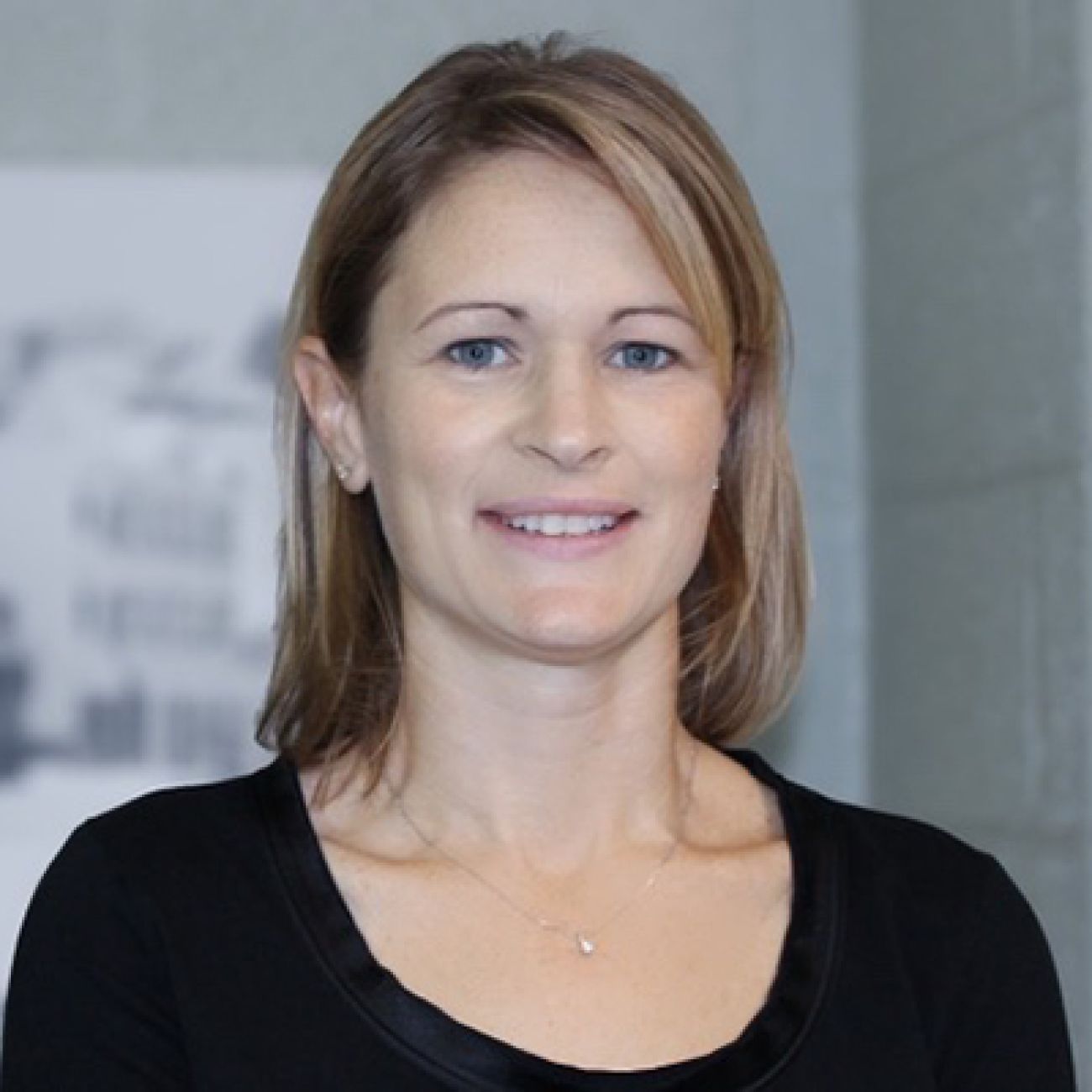
Paula Nelson, president and CEO of Sacred Heart that offers statewide treatment services, said knowing government structures and request-for-proposal processes can help.
Nelson had a relationship with leaders of Berrien County when the first $1.076 million in settlement funds arrived in the county in January 2023.
This week, she submitted a proposal for money to continue operations there. Berrien officials, she said, further connected her to other counties.
“It takes time and you might get bounced around,” she said, “but based on my experience, they've been willing to transfer me to where I need to go.”
For help
For help with opioid abuse, call the SAMSHA National Hotline, a 24-hour, 365-day-a-year, treatment referral hotline. 1-800-662-HELP (4357)
See what new members are saying about why they donated to Bridge Michigan:
- “In order for this information to be accurate and unbiased it must be underwritten by its readers, not by special interests.” - Larry S.
- “Not many other media sources report on the topics Bridge does.” - Susan B.
- “Your journalism is outstanding and rare these days.” - Mark S.
If you want to ensure the future of nonpartisan, nonprofit Michigan journalism, please become a member today. You, too, will be asked why you donated and maybe we'll feature your quote next time!


